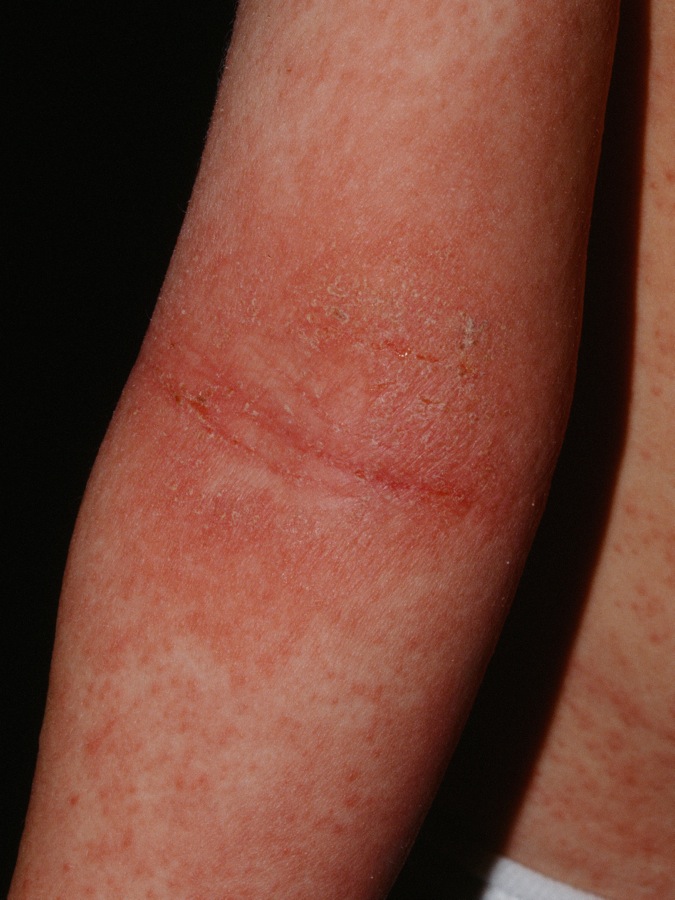
Atopic Dermatitis is an eczematous rash with a preference for the flexures.
ATOPIC DERMATITIS
Atopic dermatitis (AD) is a common eczematous rash affecting children with an inherited tendency toward dry skin, allergies, asthma and hay fever. It is caused by both a defective skin barrier function and allergy to a wide variety of environmental and dietary allergens. IgE levels tend to be high.
- AD affects about 10% of US children.
- Approximately 60% of affected children develop an eczema in the first year of life and 90% are diagnosed by age 5.
- AD is often diagnosed prior to the development of asthma, allergic rhinitis, and food allergy, forming a classic atopic march.
- AD diagnosis prior to age 1 is associated with a significantly higher rate of developing the atopic quadrad of AD, asthma, allergic rhinitis, and food allergy when compared to those diagnosed after 1 year of age.
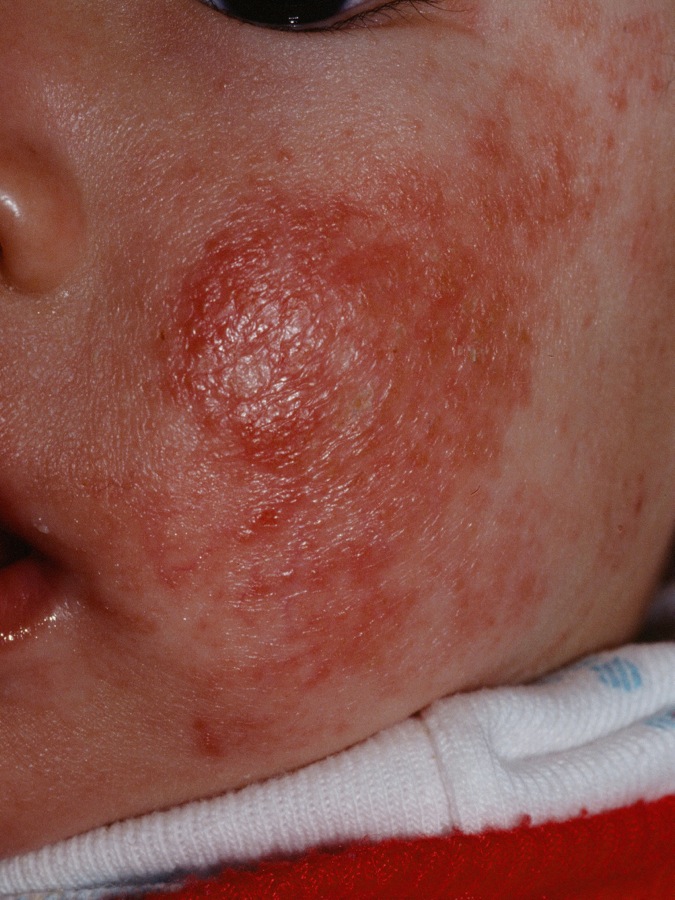
Glazed cheeks

Hertoghe Sign. Loss of the lateral eyebrow from rubbing (Hertoghe's sign) is one of the stigmata of AD. Chronic scratching is the cause.
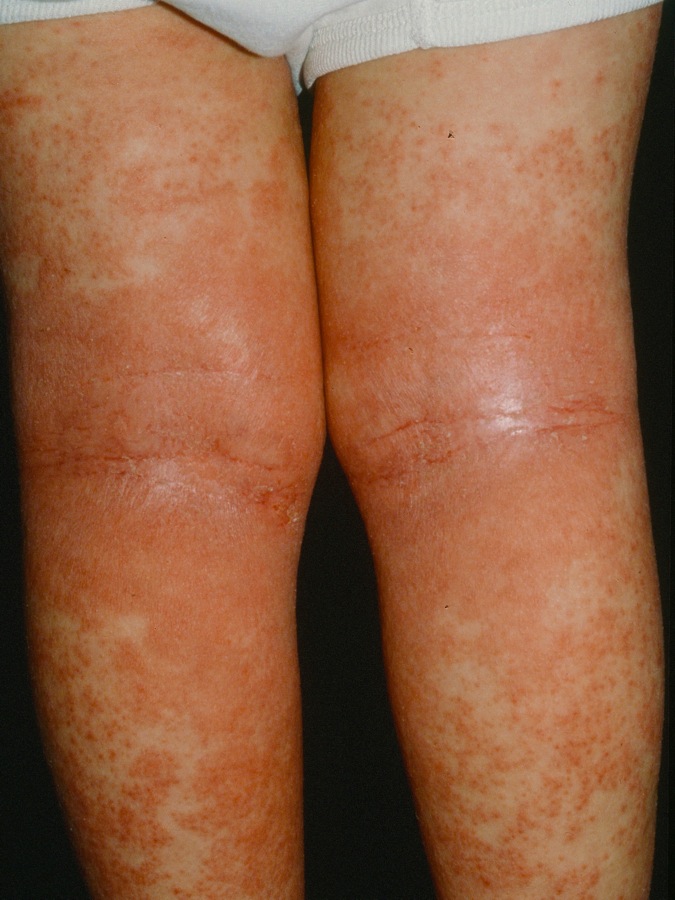
Atopic Dermatitis of the body in a child.
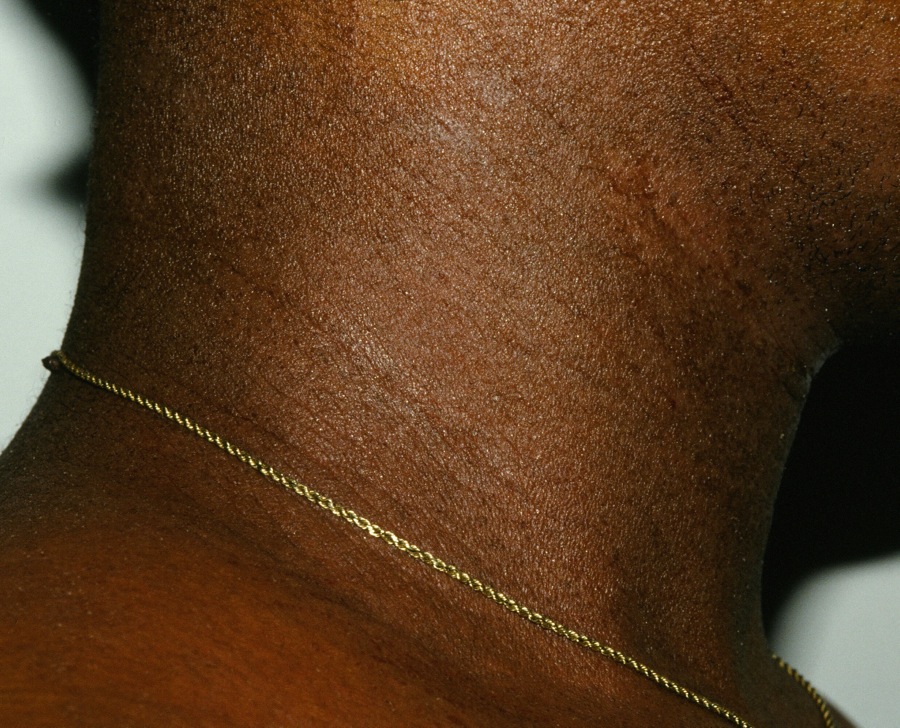
Atopic Dermatitis on the neck of an adult.
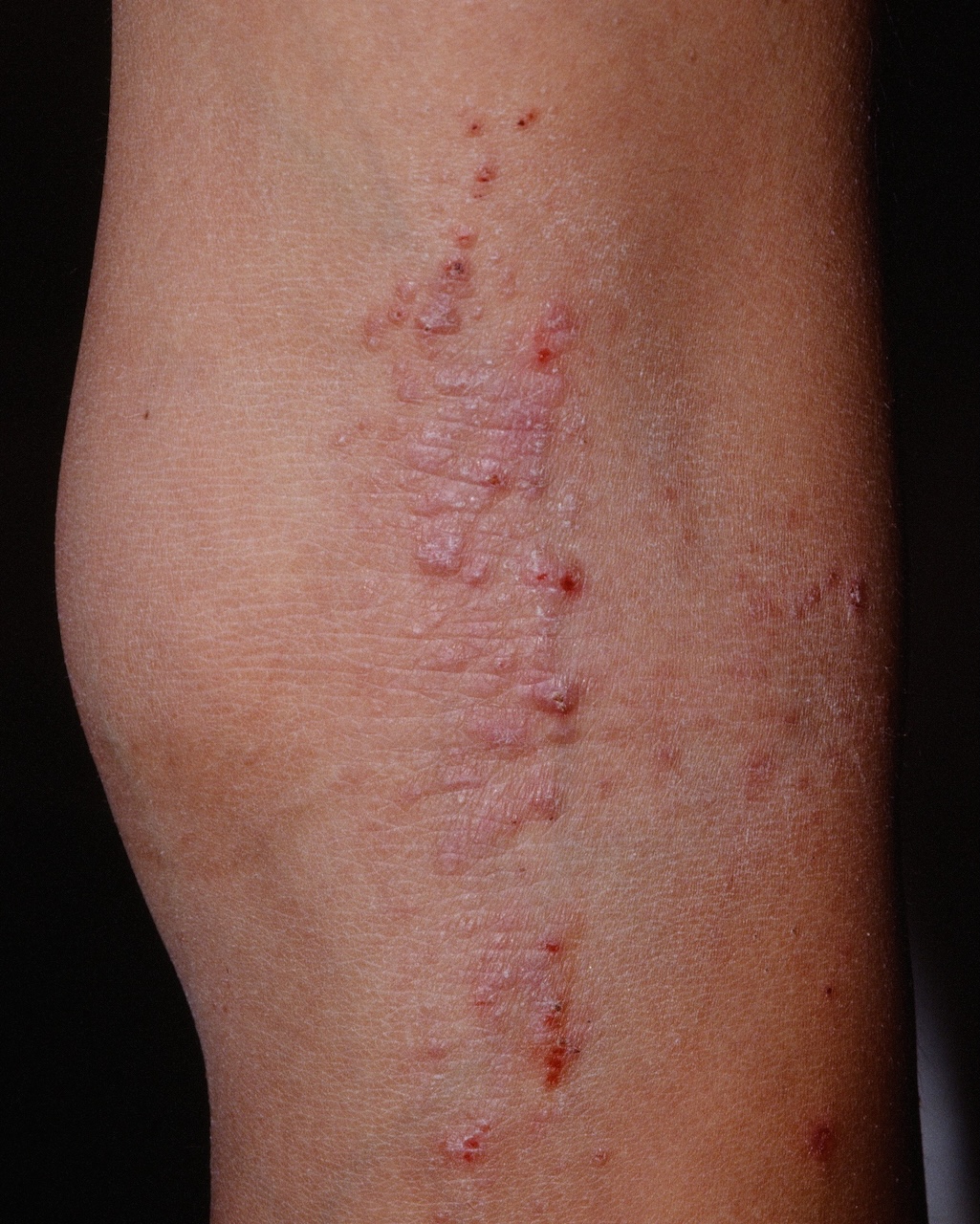
Thickened skin from scratching AD in the popliteal fossa of a child.
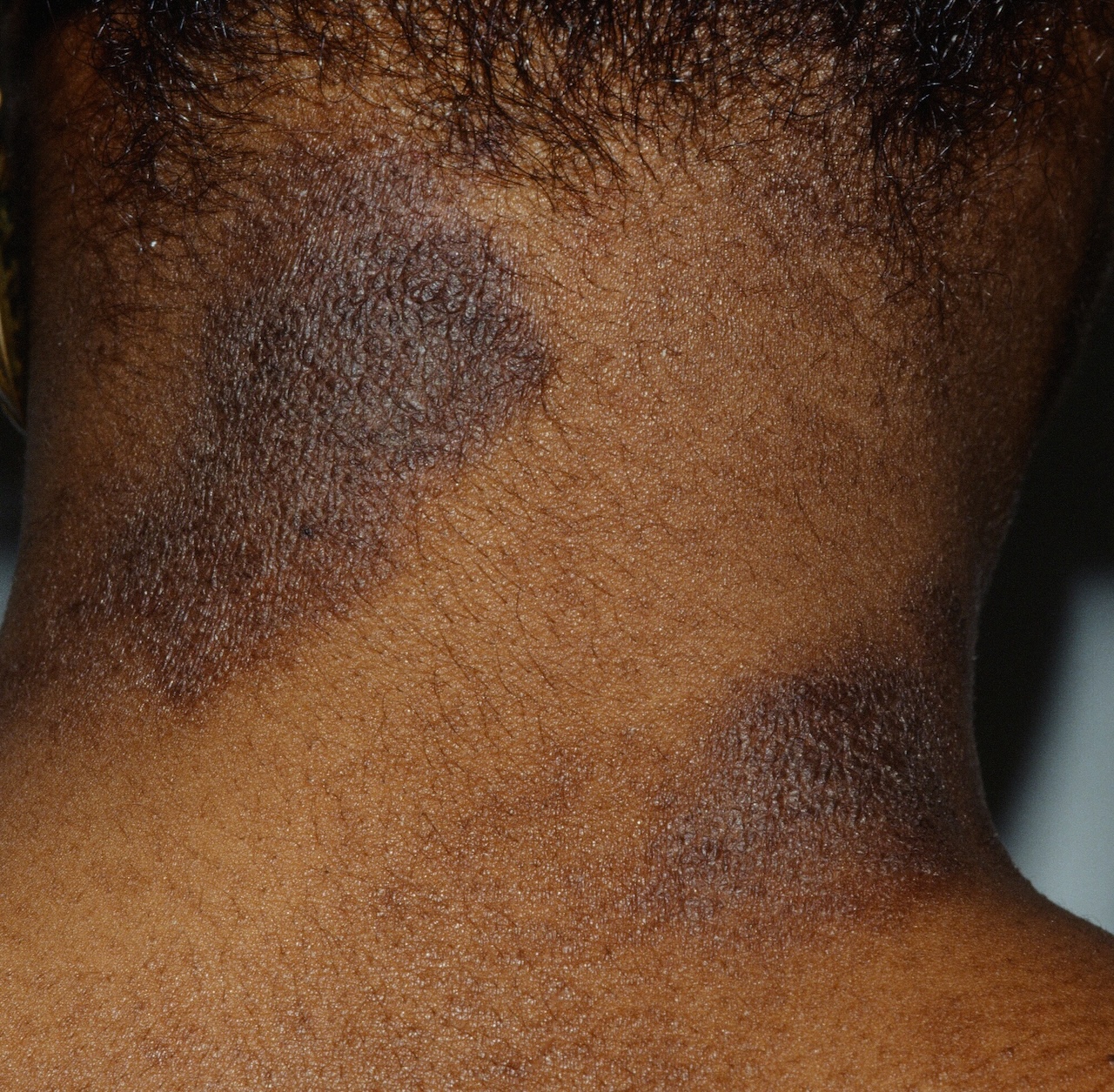
Atopic Dermatitis of the neck.
RegionalDerm
Who is Dr. White? | Privacy Policy | FAQs | Use of Images | Contact Dr. White
It is not the intention of RegionalDerm.com to provide specific medical advice, diagnosis or treatment. RegionalDerm.com only intends to provide users with information regarding various medical conditions for educational purposes and will not provide specific medical advice. Information on RegionalDerm.com is not intended as a substitute for seeking medical treatment and you should always seek the advice of a qualified healthcare provider for diagnosis and for answers to your individual questions. Information contained on RegionalDerm.com should never cause you to disregard professional medical advice or delay seeking treatment. If you live in the United States and believe you are having a medical emergency call 911 immediately.





